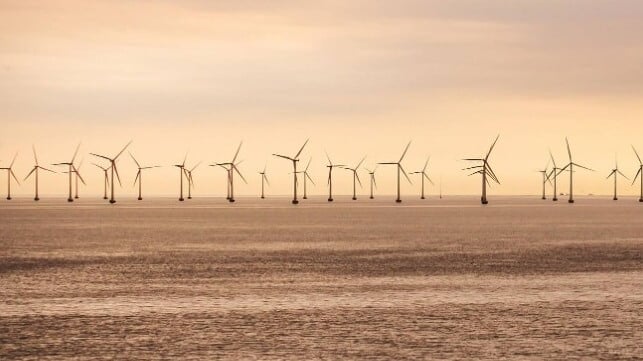Estonia Grants its First Permit for an Offshore Wind Farm

Estonia has approved a draft bill granting the first building permit for the construction of an offshore wind farm. The permit was granted to Saare Wind Energy, which is developing a project west of the coast of the island of Saaremaa, in the Estonian part of the Baltic Sea.
The planned offshore wind farm will have up to 100 wind turbines and the capacity to generate 1.4 GW of electricity. The farm is scheduled to be operational in the early 2030s. In addition, the project involves the construction of a transmission system with a connection to the Estonian onshore grid.
As the first offshore wind farm to get a building permit in Estonia, the Saaremaa project represents an important step towards clean energy production in the country, according to Jaanus Uiga, Undersecretary for Energy and Mineral Resources at the Ministry of Climate.
The building permit is valid for 50 years and allows the developer to proceed to the next levels of approval. These include applying for a building permit from the Consumer Protection and Technical Regulatory Authority (CPTRA) and an environmental permit for special water use from the Environmental Board.
However, the Ministry added that issuing a building permit does not mean the project will receive state support. Further, the Ministry has initiated building permit procedures for 11 more offshore wind farms, which have been submitted by OÜ Utilitas Wind, Five Wind Energy OÜ, Tuuletraal OÜ, UAB "Ignitis renewables projektai 6," Liivi Offshore OÜ, the Environmental Investment Center Foundation (ELWIND), and Tuul Energy OÜ.
Estonia also wants to expedite auctions and licensing of newly designated offshore wind areas, such as the Saare 7 site, 7 miles west of the island of Saaremaa. Early this month, CPTRA, the agency responsible for processing offshore wind farm licenses, announced that the auction for this area will take place in mid-June.
Estonia is part of a cross-border cooperation with seven other Baltic Sea States, aimed at accelerating deployment of offshore wind energy by improving grid infrastructure in the region. Last week, the Baltic Offshore Grid Initiative (BOGI) published a joint roadmap for cooperation in the field of offshore wind energy and related regional grid interconnections. BOGI is a collaboration between transmission system operators (TSOs) from Denmark, Estonia, Finland, Germany, Latvia, Lithuania, Poland and Sweden.
The potential for offshore energy generation in the Baltic Sea is approximately 93 GW, but less than 5 GW of the capacity is installed today. In April 2024, the Baltic Sea States signed the Vilnius Declaration, pledging to explore regional cooperation to tap the massive offshore energy potential in the region. The TSOs were given a clear mandate to develop a Baltic Sea Grid Map supported by cross-border electricity interconnections.
